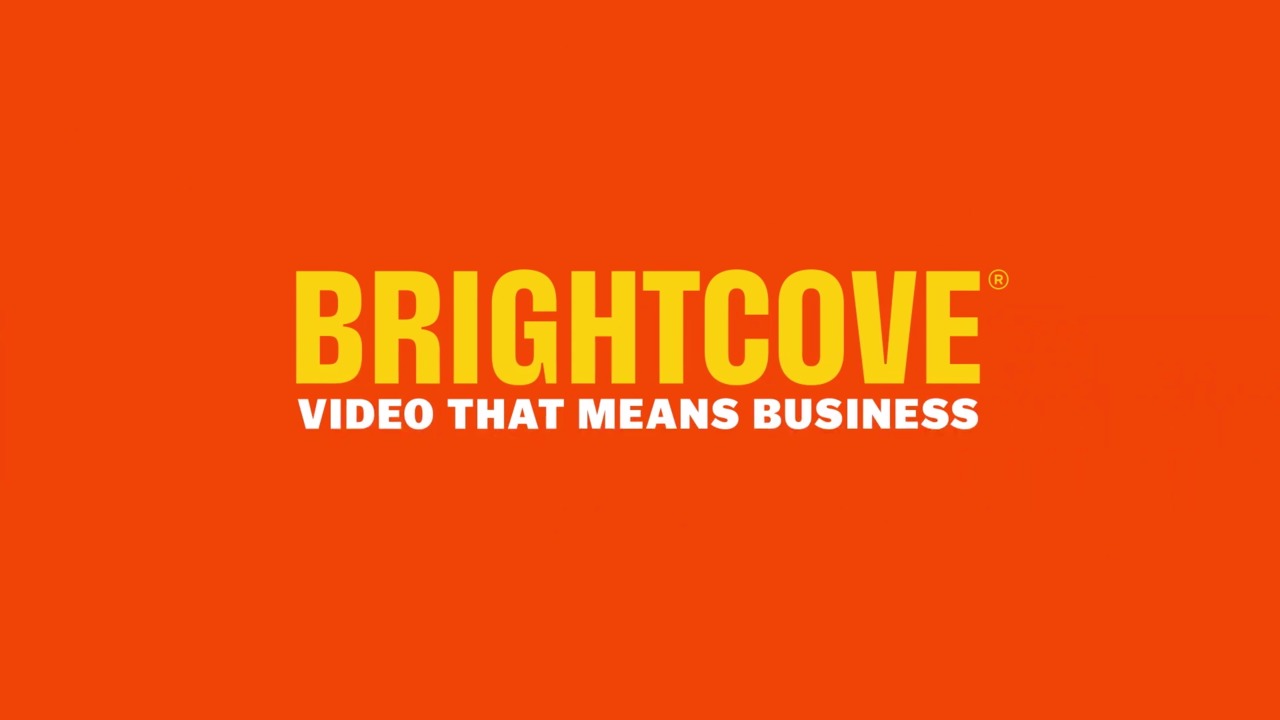This is a blog post to accompany a webinar series we recently launched titled Top Tips for Driving More Value with Video. The sessions highlight 10 advanced ways to make sure you're providing high quality video experiences efficiently and effectively. Below are some excerpts from the presentation, but be sure to sign up for a session to get access to the rest of the great information.
Brightcove Video Cloud’s video content management system makes it easy to organize and publish content. With features like batch editing for metadata, advanced search capabilities, drag-and-drop playlist editing, and easy player publishing, users can upload, manage, and distribute content quickly and easily. To make sure you're taking full advantage of all these powerful Video Cloud features to streamline publishing workflows, here are a few simple tips and tricks you can put to use right away.
Automate Publishing with Tags and Smart Playlists
One of the more powerful features of Video Cloud is that changes made in the Studio – to video and player settings, player styles, playlists, etc. – are automatically reflected in videos and players that are live on the Web. Even better, these changes manifest without having to alter the embed code on those pages. This lets you manage various aspects of your video experience from the Video Cloud Studio alone, with no need to engage your Web team or IT support to make changes to the structure of the page. It also means you can automate video publishing if you use tags and smart playlists correctly.
Video Cloud Smart Playlists automatically populate with content based on tag rules that you define. Because the upload dialog box lets you add tags to a video during the uploading process, you can ensure that an asset is added to a playlist as soon as the ingestion process is complete.
To take this a step further, if the playlist is live – in a player on a Web page – it will automatically be updated with the new video once the upload processes. So, by using tags and smart playlists intelligently, you can upload and publish content in a single workflow, drastically reducing the time it takes to get a video live on the Web.
Upload and Publish on the Fly using the Brightcove Mobile Upload App
The Brightcove Mobile Upload App for iOS lets Video Cloud users upload content to an account directly from a mobile device. Simply record a video, open the app, add metadata, and upload from anywhere!
The app includes functionality to add tags to content during the upload process. When paired with the Smart Playlist feature I just discussed, you can actually push content to the Web using only a mobile device. Just publish a smart playlist, include the appropriate tags during the upload process in the Brightcove Mobile Upload app, and once the content has finished uploading and transcoding it will appear in the playlist on the Web. If done correctly, this provides an opportunity for publishers out in the field to provide real-time content without the need to have someone monitoring and managing the Video Cloud Studio and manually publishing content.
Using the Reference ID for Programmatic Publishing
There’s a little-known field in a video’s metadata called the “Reference ID.” This field can take the place of the video ID in a single video player’s embed code – simply add “ref:[yourRefID]” in place of the video ID in the @videoplayer parameter. A while back I wrote a blog post focusing on just the Reference ID – click here to read it if you’d like further instructions.
The value of using a Reference ID lies in the ability to swap videos in single video players without requiring changes to the embed code. If you have a player featured prominently on the homepage of your website, for example, changes to that player’s embed code can be a long and difficult process. You’ll probably have to engage your Web team, go through a QA process to ensure you’re not breaking any site functionality, etc.
Instead, simply assigning a “homepage” (or similar) Reference ID to a player lets you swap the content right within the Video Cloud Studio. Just remove the “homepage” Reference ID from the old asset and add it to your new one, and in just a few minutes that new video will appear in place of the old one.
To see these tips in action and to learn additional tricks that will help you manage content more effectively, publish assets more easily, and make video harder for you, be sure to sign up for a Top Tips for Driving More Value with Video webinar.

